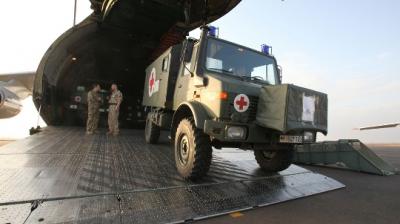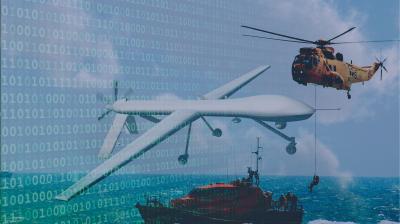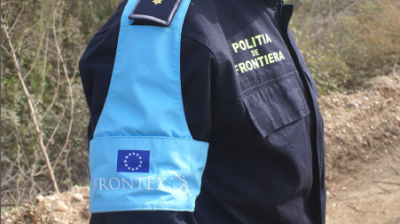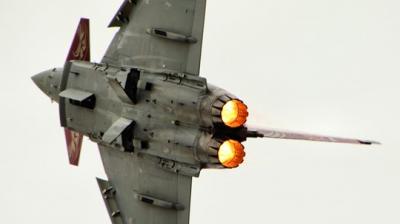Civil-military capacities for European security
The conflicts in Syria and Libya show how instability in the Middle East and North Africa affects security in Europe. Lampedusa has become a synonym for illegal immigration.
Mali and the wider Sahel region are known as breeding grounds for armed extremism, international crime and other. These examples prove that the traditional distinction between security outside and inside Europe has disappeared.
Separate lines
Yet policies, ministries and, in turn, assets are often still separated along the old dividing line: Foreign Affairs and Defence for the ‘exterior’, while Justice and Home Affairs takes care of the ‘interior’.
At the level of the European Union, capacities – civil and military – are kept strictly apart, although civil security actors and the armed forces need similar resources for communications, reconnaissance, transport and protection.
European security
The Clingendael Report on Civil–Military Capacities for European Security provides analysis of the external–internal security nexus.
The authors argue for an integrated security strategy. They propose much closer coordination between the relevant ministries and suggest a structural approach for combining civil and military capacities, in planning and for deployment.
The report addresses three specific cases: maritime security; border security; and cyber security.
Recommendations
The authors make thirty recommendations, including proposals to:
- Create a European fleet of reconnaissance drones for both civil and military use;
- Combine civil and military assets (maritime patrol aircraft, ships, etc.) for maritime surveillance in regional clusters, such as around the North Sea;
- Coordinate civil and military assets for border security in a structured manner, in particular for deployment in areas such as the Mediterranean;
- Establish close civil–military measures for cyber security between the national and European levels.










